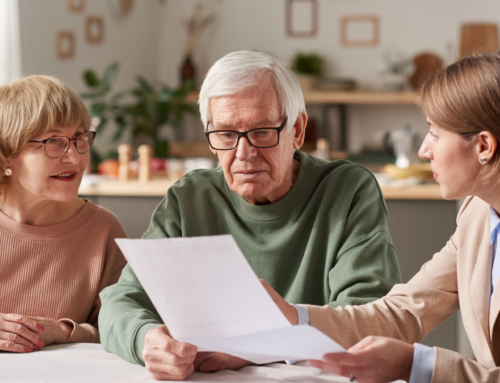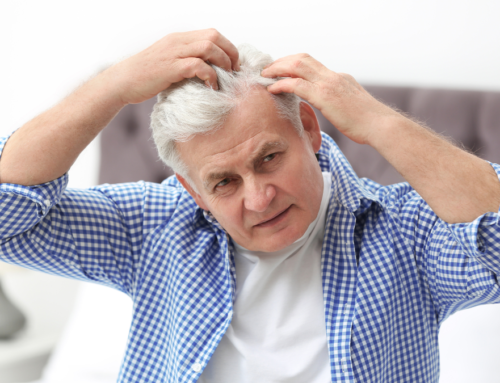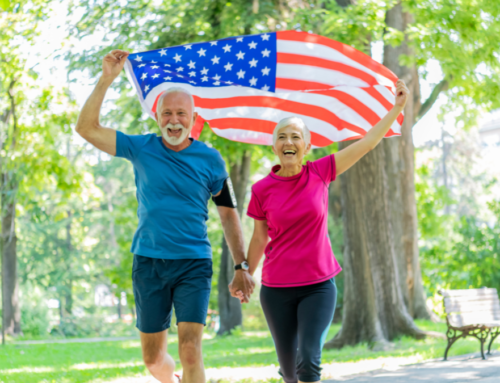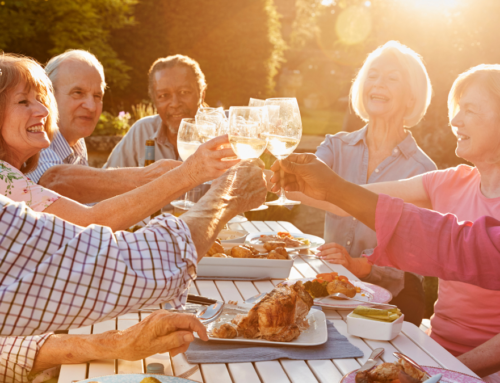
How Older Adults Can Reduce the Risk of Falls
Contact Us Today: (678) 494-8129|info@SilverCompanions.com
It seems that nobody embraces getting older. We find it more challenging to do those things we, basically, took for granted when we were younger, like climbing up and down the stairs, going to the store, walking to the mailbox, and even taking the dog for a walk. In general, we typically did those things without giving them a second thought. For many people, however, as they get older, they begin to find the simple act of walking to the kitchen can be an exhausting and arduous task.
Along with the difficulty of the trek around the house, comes the added risk of tripping or falling on even the smallest little bump in the rug. Not only is falling a real risk, especially for those age 65 and over, but it is a costly and, unfortunately, common problem among the aging population.
According to statistics found on the Centers for Disease Control website, the numbers around falls in older adults are staggering. For example, about 36 Million older adults fall each year, about 3 million of those are treated at the emergency room, and 32,000 of those falls result in death. One in five of those falls result in an injury like broken bones or head injury, and 300,000 people are hospitalized with a hip fracture.
It’s so common, in fact, that people just assume it’s a natural part of getting older, and never even consider that these falls might be avoidable. We are going to provide a few simple tips to help reduce the risk of these falls, so the “golden years” can be filled with laughter and joy, rather than emergency room visits…
We’ve posted on this topic before, and you can find that post entitled, Senior Safety – 5 Ways to Prevent Falls At Home, by clicking here. We’ve also put together a Home Safety Checklist for you, so you can go, room by room, and make sure you take care of any safety hazards that may be lurking in the shadows of your home.
Here are 3 easy-to-implement tips to help reduce the risk of falls, and be safer, not just at home, but just about anywhere. **Important** This isn’t part of the 3 tips because it’s an essential and practical piece of advice to ensure none of our recommendations cause more harm than good. We want to ensure a safe, happy, healthy transition into older adulthood, and not inadvertently cause any problems. So please, we can’t stress this enough, check with your doctor.
- Activities that encourage flexibility and agility: Staying active is always important. The problem with that general statement is that, when mobility becomes more limited, simply walking to stay active may be more dangerous than helpful. What does that mean? Well here are some activities that we recommend, that will put the spring in your step…
- Yoga – there are many types to choose from.
- Pilates – similar to yoga, it includes stretching and helps with flexibility.
- Tai Chi – a form of martial arts, it is low impact and has been shown to be helpful for seniors.
- Dancing – yes, dancing! It’s been proven that it helps with agility.
- Stretching – daily stretching exercises to help with overall flexibility.
- Be aware of your surroundings: Whether you’re at home or out and about, you need to pay close attention to your surroundings. There are inevitably going to be things around you, at home, or elsewhere, like a random box on the floor, a stack of papers or folders, loose gravel, or even chewing gum on the sidewalk. These may seem like just normal items in the environment when we’re younger, but they can be treacherous when we’re older. So, how can we be more aware of these things?
- Make sure you’re wearing your glasses. You can’t notice them if you can’t see them.
- Avoid distractions. It’s easy to get caught up in a conversation, or even in our own thoughts. Stay alert and watch for hazards.
- Stick to familiar routes when possible. Now may not be the time to get adventurous. Unknown areas means unknown hazards.
- Check the shoes. Good shoes aren’t just a matter of comfort, they’re also a matter of safety. Ensuring the soles have good traction, and there is nothing loose or protruding on any areas of the shoes.
- Eat right: Yes, as crazy as it may sound, a healthy diet can actually actually improve the nervous system, give energy to the body’s muscle systems, and encourage heightened brain function. Proper hydration can also help the body’s cells function more efficiently. Eating right includes, but is not limited to:
- Getting enough protein in your diet.
- Limiting your alcohol intake.
- Take the right supplements, like Calcium and Vitamins C and D.
- Maintain proper weight by eating the right amount of calories.
- Be sure to get enough sleep.
- Drink plenty of water.
We hope you find these tips helpful. If you have any questions, or would like to speak to one of our specialists, you can click here to contact us, you can call us at (678) 494-8129, or you can email us at info@SilverCompanions.com. In case you missed it above, click here to download our handy Home Safety Checklist.





